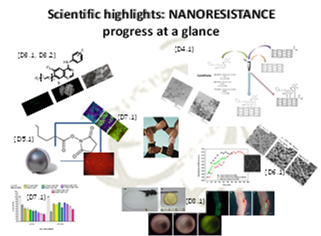 FP7-PEOPLE-IAPP: NANORESISTANCE 286125
FP7-PEOPLE-IAPP: NANORESISTANCE 286125
Duration: November 2011 - October 2015
Funding: € 1,400.000
Principal Investigator: A. Odysseos.
NANORESISTANCE introduces for the first time (i) receptor -independent targeting of Epidermal Growth Factor Receptor-kinase activity, (ii) nuclear delivery of anti-Epidermal Growth Factor Receptor therapy with novel grafting techniques and (iii) the deciphering of resistance and lack of responsiveness to anti-EGFR therapies in the preclinical setting with mathematical models of interstitial biodistribution. This work defines an unprecedented integrated approach for the comprehensive management of failure to anti-EGFR therapy and treatment monitoring. This partnership will play a structuring role by allowing researchers to acquire key skills equally relevant to the public and private sectors including cutting edge nanobiotechnology techniques for fabrication of nanotheranostic conjugates for targeted nuclear drug delivery and imaging, pioneering approaches for intracellular targeting with carbon nanotubes (CNT), innovative mathematical models and assessment of biodistribution, state-of-the-art Surface Plasmon Resonance for assessing drug-target interactions, emerging technologies for in vivo protein-protein and theranostic compound-protein interaction with Bimolecular Fluorescence Complementation Assays (BIFCs).These parallel approaches provide a promising innovative solution in the multifaceted challenge of the overall resistance to anti-EGFR therapies. This will be achieved with the development of multimodal CNT-based nanoplatforms carrying the fluorescent conjugates of EGFR inhibitors intracellularly independently of EGFR extracellular recognition. This system will further deliver anti-EGFR and fluorescent attributes to the nucleus. The partnership offers and a well-structured scheme of complementary skills highly inspired by the entrepreneurial spirit of academicians and research commitment of the industrial partners securing significant impact on their employability in their sector.

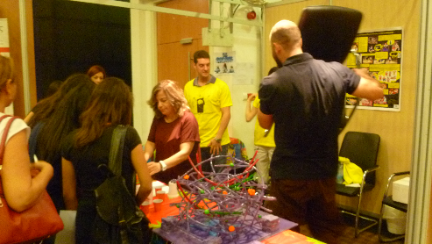 Duration: October 2013 - September 2017
Duration: October 2013 - September 2017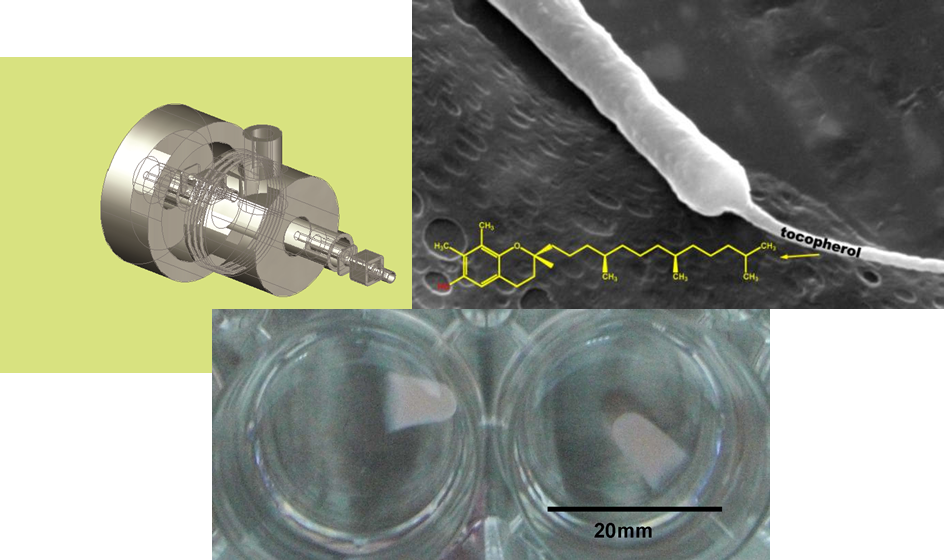 Funding: €137.688
Funding: €137.688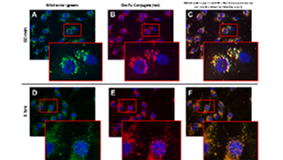 Duration: June. 2012 - May. 2014
Duration: June. 2012 - May. 2014 This COST Action aims to unite researchers with expertise in rational drug design and the medicinal chemistry of synthetic and natural compounds with biomedical investigators dedicated to the understanding the mechanisms governing drug resistance in cancer stem cells. Cancer stem cells (CSC) are a subpopulation of cells within tumors that exhibit enhanced tumor-initiating attributes and are a major contributing factor to current cancer therapy failure. The CSC phenotypic state comprises distinct molecular and functional differences that underpin resistance to current treatments and the unique ability spread and to seed new tumors throughout the body.
This COST Action aims to unite researchers with expertise in rational drug design and the medicinal chemistry of synthetic and natural compounds with biomedical investigators dedicated to the understanding the mechanisms governing drug resistance in cancer stem cells. Cancer stem cells (CSC) are a subpopulation of cells within tumors that exhibit enhanced tumor-initiating attributes and are a major contributing factor to current cancer therapy failure. The CSC phenotypic state comprises distinct molecular and functional differences that underpin resistance to current treatments and the unique ability spread and to seed new tumors throughout the body.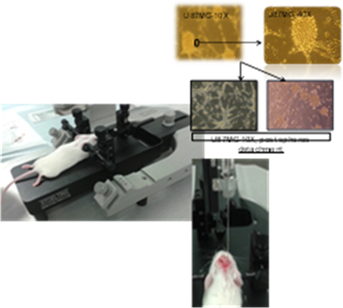 This insight necessitates an entirely new approach to cancer drug development to effectively target tumor CSCs. Through exchange of information, experience and expertise, researcher mobility and fostering new collaboration between chemistry and biology groups, the Action endeavours to develop new, effective methods for identifying novel compounds and drug candidates that target drug-resistant cancer stem cells.
This insight necessitates an entirely new approach to cancer drug development to effectively target tumor CSCs. Through exchange of information, experience and expertise, researcher mobility and fostering new collaboration between chemistry and biology groups, the Action endeavours to develop new, effective methods for identifying novel compounds and drug candidates that target drug-resistant cancer stem cells.